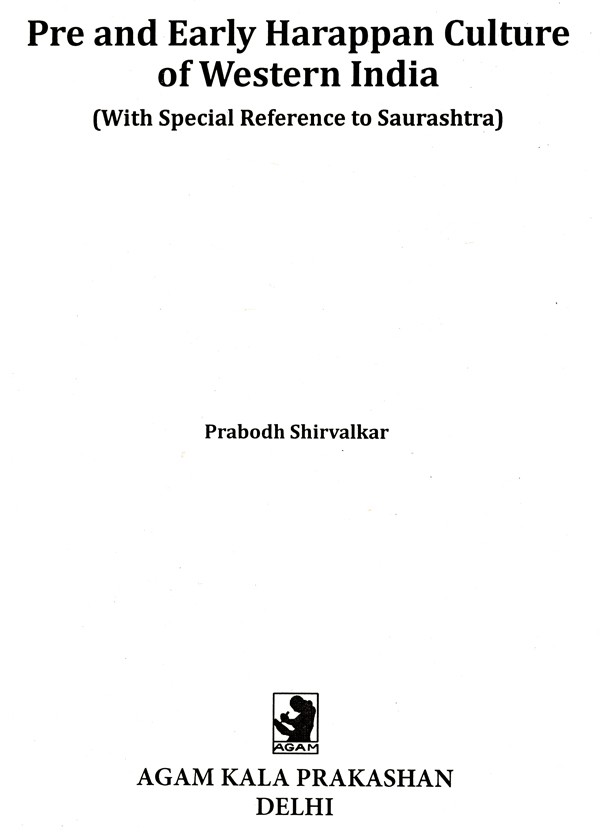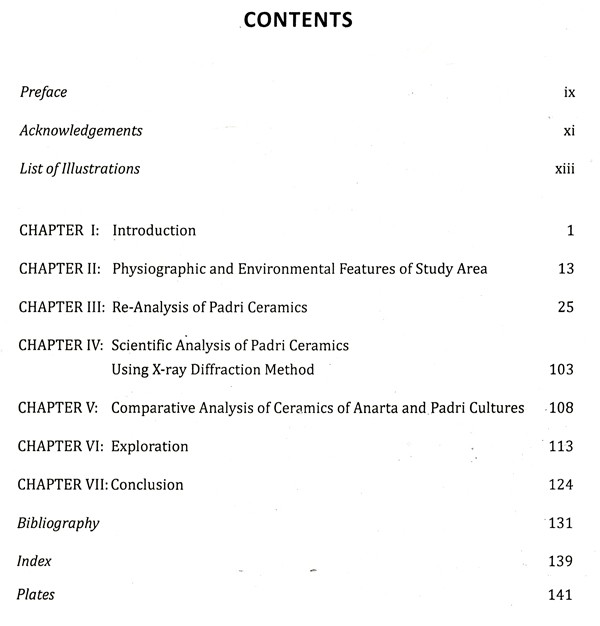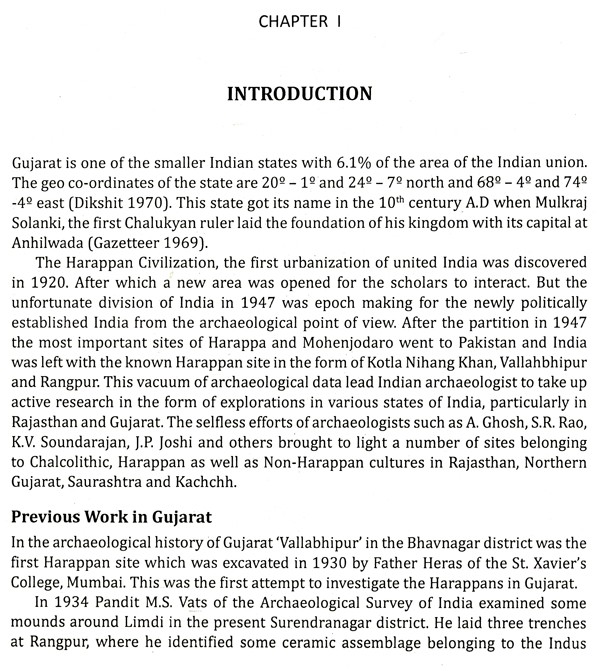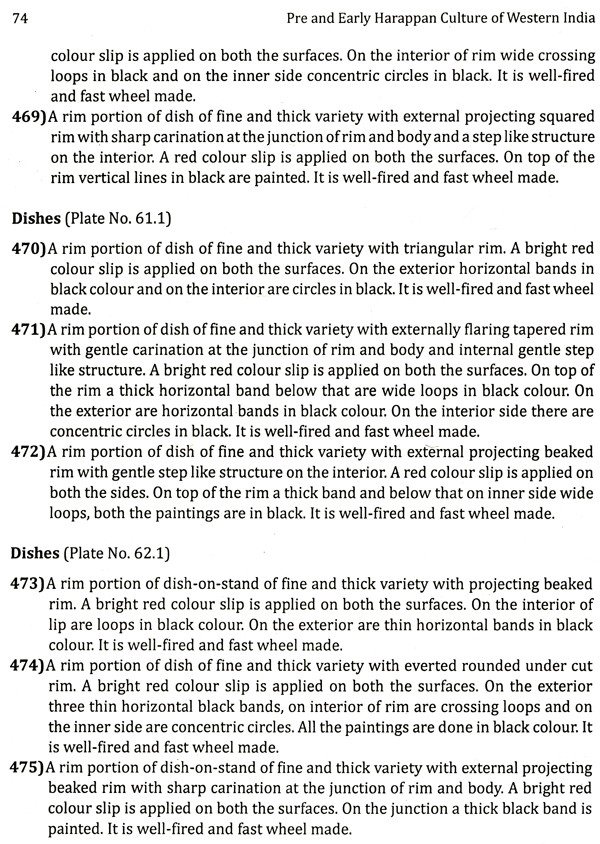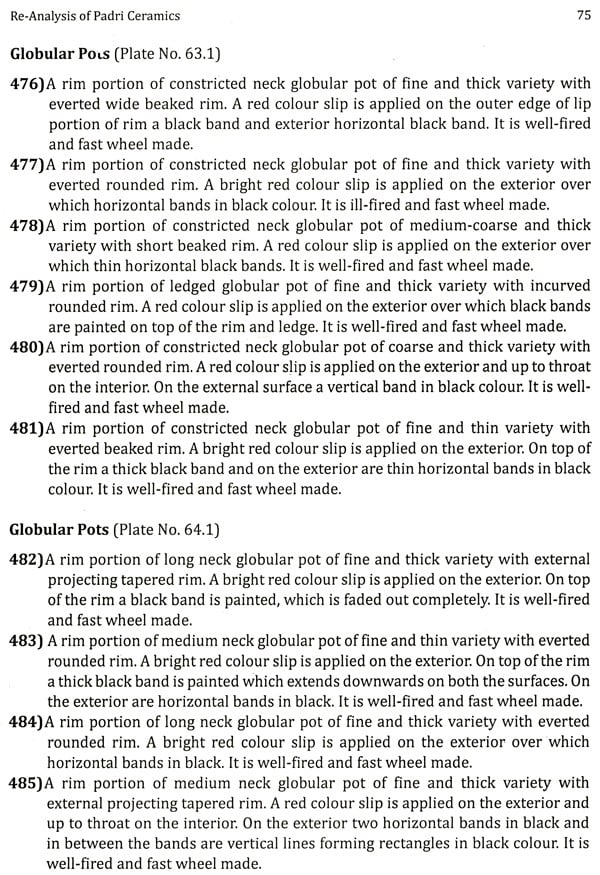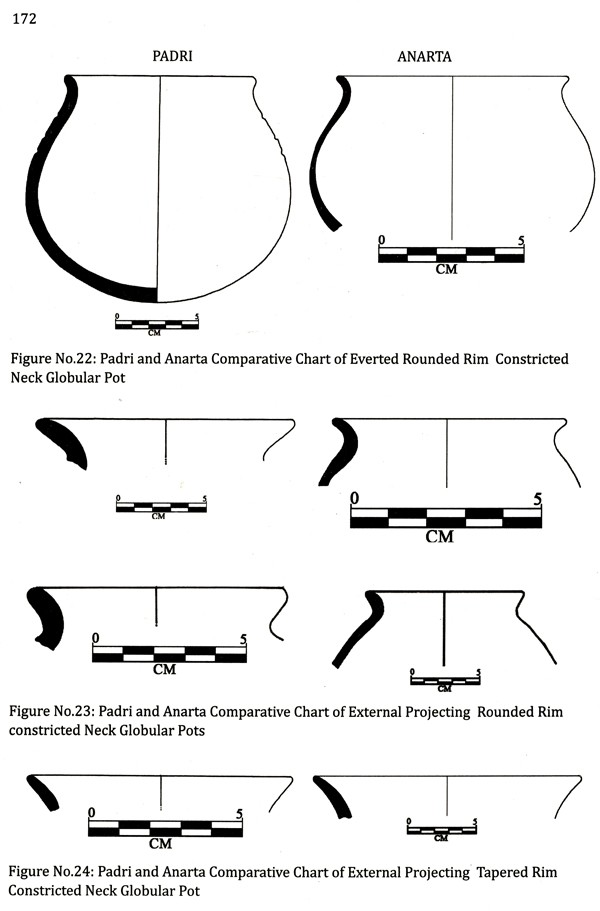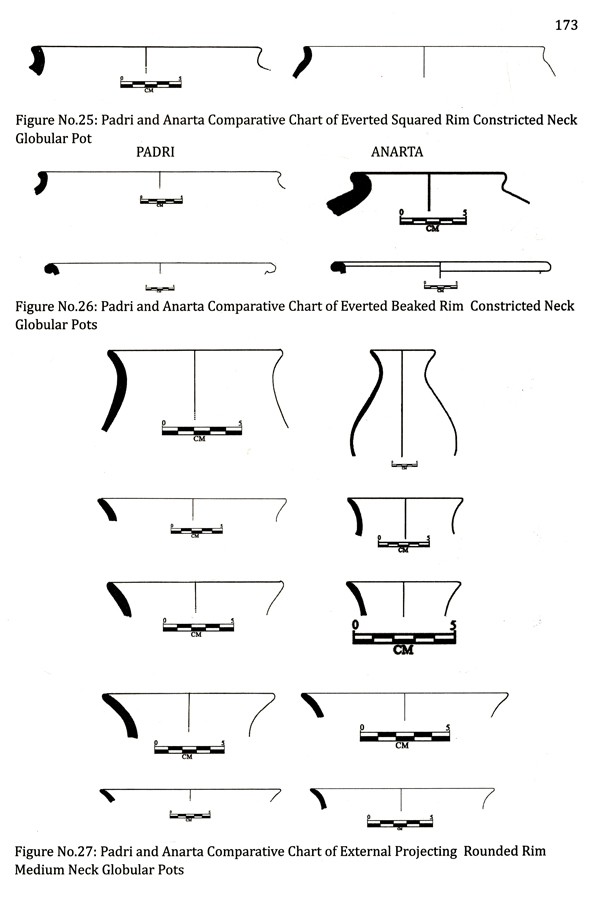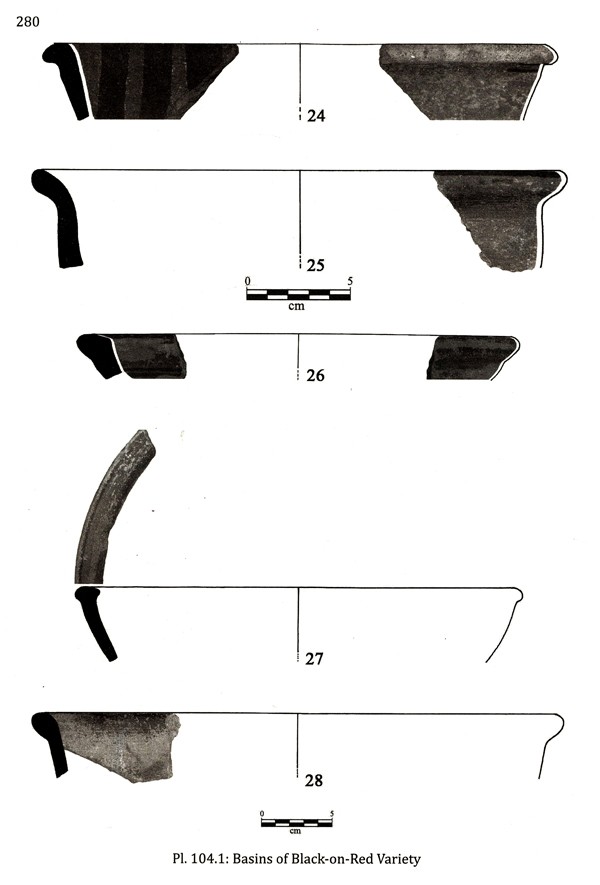
Pre and Early Harappan Culture of Western India (With Special Reference to Saurashtra)
Book Specification
| Item Code: | AZH115 |
| Author: | Prabodh Shirvalkar |
| Publisher: | AGAM KALA PRAKASHAN, DELHI |
| Language: | ENGLISH |
| Edition: | 2013 |
| ISBN: | 9788173201349 |
| Pages: | 291 (Throughout Black and White Illustrations |
| Cover: | HARDCOVER |
| Other Details | 11.00x9.00 inches |
| Weight | 1.13 kg |
Book Description
The book is first of its kind in which the comparative analyses of ceramics have been carried out. The work carried out on Padri and Anarta cultures have made important contributions in the Harappan study of Gujarat. For the comparative analyses a new pottery drawing style has been adopted in which the traditional method of line drawings has been combined with the photography using computer software's. The work done in this book highlights the nature of site and geographical importance of the region and its relation with urbanism and urban processes.
Dr. Prabodh Shirvalkar was born on 5th February 1980 in Pune. He completed his Bachelor of Arts in 2000 from the Fergusson College, Pune. He completed his Masters in Ancient Indian History, Culture and Archaeology in 2002 and Ph.D. in 2009 from Department of Archaeology, Deccan College, Pune.
He has been part of many excavations and explorations conducted by Deccan College. He has done excavations of prehistoric to medieval period sites such as Padri, Gilund, Bagor, Girawad, Junnar, Mudhvi, Siddhapur, Pune etc.
Harappan Civilization, the architect of the first urbanization of united India was discovered in 1920. After this discovery a new area was opened for the scholars to interact. But the unfortunate division of India in 1947 spoiled the joy of the discovery and proved a setback from the archaeological point of view. After the partition in 1947 the most important sites of Harappa and Mohenjodaro went to Pakistan and India was left with the known Harappan site in the form of Kotla Nihang Khan, Vallahbhipur and Rangpur. This vacuum of archaeological data leads Indian archaeologists to take up active research in the form of explorations in various states of India, particularly in Rajasthan and Gujarat. The selfless efforts of archaeologists brought to light a number of sites belonging to Chalcolithic, Harappan as well as Non-Harappan cultures in Rajasthan, Northern Gujarat, Saurashtra and Kachchh.
**Contents and Sample Pages**
